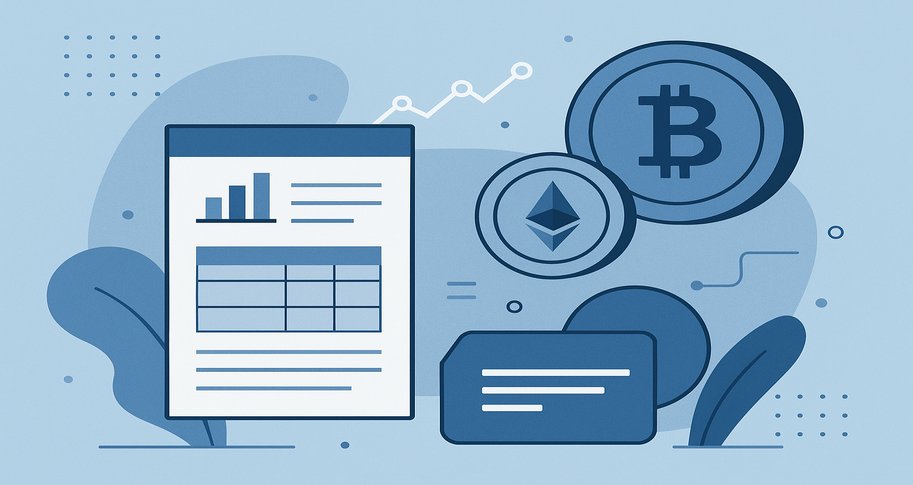
Saying there’s just one type of coaching is like saying that there’s just one kind
of tree. Such a singular definition does not adequately describe the wooded forest
any more than the other sheds light on the vast number of disciplines that reside
within the world of coaching.
In the broadest terms, “coaching” generally refers to guidance and teachings in sectors
as diverse as health and wellness, fine arts, personal, life, business, career, financial,
and so forth. Each of those sectors has multiple sub-groups producing a nearly infinite
number of teaching components.
For the sake of simplicity, and to narrow the conversation to professional development coaching within the business world, I offer up the following definition:
Coaching is an intentionally created relationship where conversations are centered
on building capacity for how one is thinking, feeling, acting, learning, leading,
or relating.
This capacity-building is usually discussed in multiple layers:
- Self-examination looks at how are you wired, what you believe in, and your life story.
- Team impact and leadership addresses how you get things done through others.
- Organizational results measure business performance.
- Transitional thinking considers how you spend your time and what you think about.
While a coaching engagement can take many forms, it fundamentally consists of a few
building blocks:
Confidential: Unfiltered dialog takes place in a safe environment based on mutual trust. There
is a high degree of listening to what is being said (and not said), as well as the
way that information is shared. There is no judgment.
Question-based: Asking either a different set of questions or unpacking the usual questions from
a different perspective causes us to think, and it’s the thinking that allows us to
grow.
Feedback-driven: Discussions have debriefing elements that point to gifts, potential blind spots,
effective and ineffective behaviors, competencies and skill sets, business acumen,
personal values, relationship components, and stressors. It is often said that people
are starving for feedback. But perhaps people are starving for meaningful feedback. There is a difference.
Insightful: Insights tend to presents themselves as a result of the question-based, feedback-driven
process. They are a point of transition, allowing for a shift from the previous mindset
to a new reality.
Science + Art: At the intersection of any discipline (science), paired with individual finesse (art),
you’re left with a uniquely human result. And it’s this unexpected uniquely human
component that paves the path forward.
In the end it’s all about perspective. Most of us work and live in a routine environment.
The landscape looks pretty much the same, day in and day out. Coaching is a chance
to look up and see the world through a different lens.
There’s the old saying that suggests you may look up one day and see that your ladder
is against the wrong wall. But you could also look up that same day and see that the
ladder and the wall is the least of your worries – in fact, you’re supposed to take
the footbridge across the stream. There is, after all, more than one way to traverse
the terrain.
Ancora Imparo… (Still, I am learning)
Footnote: While coaching is a structured process to some degree, the duration of each
session, number of sessions in total, topics of discussion and costing components
can all vary widely. A coaching engagement is not to be entered into lightly, as it
requires a healthy investment of time and resources from both parties.





